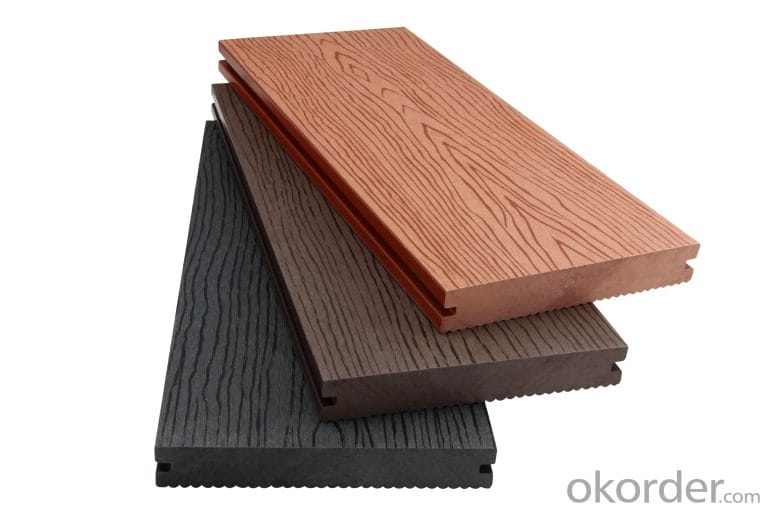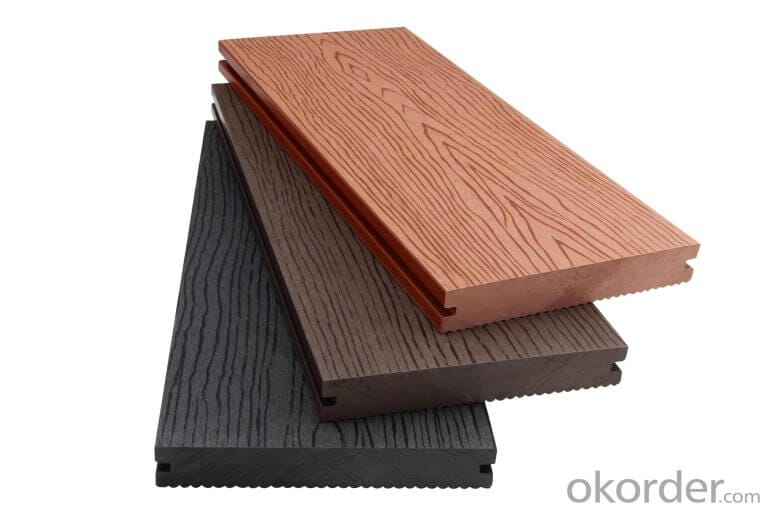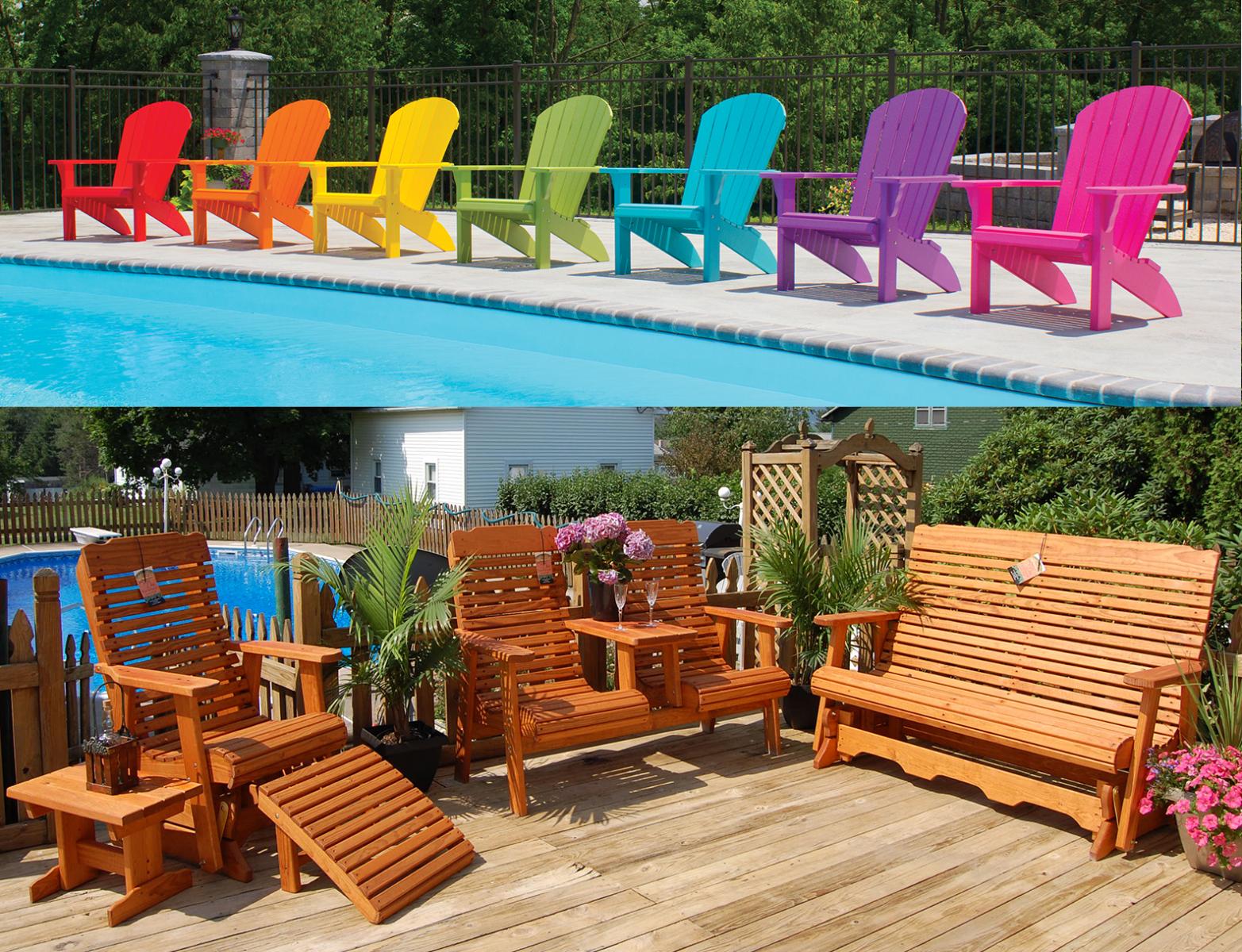Polywood is a synthetic lumber material that is known for its durability, sustainability, and versatility. It is made from recycled plastic bottles and containers, which are transformed into a sturdy and long-lasting material. Polywood offers the look and feel of traditional wood, but without the maintenance and degradation issues commonly associated with natural wood. With its resistance to moisture, UV rays, and other environmental elements, polywood is an excellent choice for outdoor furniture, decking, and other applications.

Maintenance Tips for Polywood
Polywood furniture is a great choice for outdoor or patio furniture due to its durability, weather resistance, and low maintenance. However, like any other furniture, it requires regular cleaning and care to keep it looking its best. Here are some maintenance tips to help you properly clean and care for your polywood furniture:

1. Regular Cleaning
Clean your polywood furniture regularly to remove dirt, dust, and other debris. Simply use a soft brush or a cloth soaked in mild soapy water to gently scrub the surface. Rinse it off with clean water and let it air dry. Avoid using abrasive cleaners or scrub brushes as they may scratch the surface.
2. Removing Stains
If your polywood furniture has stubborn stains, you can use a mixture of bleach and water. Mix one part bleach with three parts water and apply it to the stained area using a sponge or a soft cloth. Allow it to sit for a few minutes, then rinse off with clean water. Be sure to wear gloves and protect your eyes when working with bleach.
3. Avoiding Heat and Sun Damage
Polywood furniture is resistant to sun and heat, but prolonged exposure to extreme temperatures can cause some fading or warping. To prevent this, it is recommended to place your furniture in shaded areas or use covers when not in use. Avoid placing hot objects directly on the surface as it can cause discoloration or damage.
4. Protecting from Moisture
Polywood furniture is resistant to moisture, but it is still important to protect it during heavy rainfall or when not in use. Use furniture covers or store the furniture in a dry area to prevent water from sitting on the surface for prolonged periods. This will help to prevent any potential water damage or mold growth.
5. Seasonal Maintenance
Before storing your polywood furniture for the winter or any extended period of time, it is important to give it a thorough cleaning. Remove any dirt or debris, and make sure it is completely dry before storing it. This will help to prevent any potential damage during storage and ensure that it is ready for use when the season changes.
6. Regular Inspections
Regularly inspect your polywood furniture for any signs of wear or damage. Check for loose screws or bolts and tighten them if necessary. If you notice any cracks or deep scratches, you can use sandpaper to smooth them out. Applying touch-up paint to any exposed areas can also help to maintain the appearance of your furniture.
7. Avoid Harsh Chemicals
Avoid using harsh chemicals, solvents, or abrasive cleaners on your polywood furniture. These can cause damage to the surface and compromise its durability. Stick to mild soapy water or specialized cleaners recommended for polywood furniture.
In summary, proper maintenance is key to keeping your polywood furniture looking its best. Regular cleaning, stain removal, protection from heat and moisture, seasonal maintenance, regular inspections, and avoiding harsh chemicals will help to extend the lifespan of your furniture and preserve its appearance. By following these maintenance tips, you can enjoy your polywood furniture for many years to come.

Eco-friendly Features of Polywood
Polywood is a revolutionary material that not only offers durability and versatility but also boasts a range of eco-friendly features. In this section, we will explore the sustainable aspects of polywood and its positive impact on the environment.
1. Made from Recycled Plastic
Polywood is primarily composed of recycled plastic, typically derived from post-consumer waste such as plastic bottles and containers. By repurposing these materials, polywood helps reduce the amount of plastic waste that ends up in landfills or pollutes our oceans.
Furthermore, the manufacturing process of polywood consumes less energy and releases fewer greenhouse gas emissions compared to traditional wood products. This means that by choosing polywood furniture or building materials, you are actively contributing to waste reduction and carbon footprint reduction.
2. Reduced Deforestation
Traditional wood furniture often requires the logging of trees, leading to deforestation and habitat destruction. In contrast, polywood offers a sustainable alternative that does not contribute to deforestation.
By opting for polywood, you can help preserve valuable forest ecosystems and protect the habitats of countless plant and animal species. This eco-friendly choice allows you to enjoy the aesthetic appeal of wood furniture without the environmental consequences.
3. Low Maintenance and Longevity
Polywood is known for its exceptional durability and longevity. Unlike traditional wood furniture, polywood is resistant to rot, decay, and insects. This resistance eliminates the need for chemical treatments and frequent maintenance, reducing the use of harmful chemicals in the environment.
Additionally, the long lifespan of polywood products means that they do not need to be replaced as frequently as traditional wooden furniture. This reduces the demand for new materials and further minimizes the environmental impact.
4. Energy Efficiency
In addition to being made from recycled materials, polywood also exhibits energy-efficient properties. The manufacturing process requires less energy compared to traditional wood production, conserving valuable resources and reducing carbon emissions.
Furthermore, polywood furniture’s excellent insulation qualities help regulate temperature, reducing the need for excessive heating or cooling. By using less energy to maintain a comfortable environment, you can lower your carbon footprint and contribute to a more sustainable future.
5. Non-Toxic and Safe
Polywood is free from harmful chemicals, such as preservatives or treatments used in traditional wood furniture. This makes it a safer choice for both human health and the environment.
Unlike some wood products that release volatile organic compounds (VOCs) over time, polywood remains stable and does not emit any toxic substances. This ensures a healthier indoor and outdoor environment for you, your family, and the surrounding ecosystem.
In summary, polywood offers an array of eco-friendly features that contribute to a more sustainable future. By choosing polywood over traditional wood, you can help reduce plastic waste, protect forests, conserve energy, and promote a non-toxic environment. With its durability and longevity, polywood stands as a testament to sustainable design and responsible consumer choices.

Polywood vs Traditional Wood: Understanding the Differences
When it comes to choosing furniture materials, one of the key decisions you may face is whether to opt for polywood or traditional wood. Both options have their own unique characteristics and advantages. Understanding the differences between polywood and traditional wood can help you make an informed decision based on your preferences and requirements.
1. Material Composition
Polywood, as the name suggests, is a synthetic material made from recycled plastics. It is created by combining high-density polyethylene (HDPE) with other additives to give it strength and durability. On the other hand, traditional wood refers to furniture made from natural wood, such as oak, pine, mahogany, or teak.
Advantages of Polywood:
- Environmentally friendly due to its recycled plastic content.
- Resistant to moisture, rot, and insects.
- Low maintenance and easy to clean.
- Durable and long-lasting.
- Available in a wide range of colors and finishes.
Advantages of Traditional Wood:
- Natural and aesthetically pleasing.
- Durable and can last for generations with proper care.
- Can be easily repaired if damaged.
- Offers a classic and timeless appeal.
2. Durability and Maintenance
When it comes to durability, both polywood and traditional wood have their own strengths.
Polywood is known for its exceptional durability, as it is resistant to rot, moisture, and insects. It can withstand harsh weather conditions and does not warp or crack easily. Additionally, polywood furniture requires minimal maintenance. It can be easily cleaned with soap and water, and does not require regular sealing or staining like traditional wood.
Traditional wood, on the other hand, may require more maintenance to ensure its longevity. It is susceptible to damage from moisture, insects, and extreme weather conditions. To protect traditional wood furniture, regular sealing, staining, and polishing are necessary. However, with proper care, traditional wood furniture can last for generations.
3. Aesthetics and Customization
One of the major differences between polywood and traditional wood is the aesthetic appeal and customization options they offer.
Polywood furniture is available in a wide range of colors and finishes. It can be designed to mimic the look of natural wood or can be customized to match your preferred color scheme. On the other hand, traditional wood furniture offers a timeless and natural aesthetic. The unique grain patterns and textures of different wood types add character and charm to the furniture.
4. Environmental Impact
Considering the environmental impact of different materials is an important aspect of furniture selection.
Polywood is an eco-friendly choice as it is made from recycled plastics, reducing the amount of plastic waste in landfills. It also requires fewer resources and energy to produce compared to traditional wood furniture. Additionally, polywood furniture is recyclable at the end of its lifespan.
Traditional wood, when sourced responsibly, can also be a sustainable choice. Choosing furniture made from certified sustainable wood ensures that forests are managed responsibly and that new trees are planted to replace those harvested.
In summary, polywood and traditional wood offer different characteristics and advantages. Polywood is a synthetic material made from recycled plastics, offering durability, low maintenance, and customization options. Traditional wood provides a natural and timeless aesthetic, with the option for repair and restoration. Consider your priorities in terms of environmental impact, durability, maintenance, and aesthetics to make the right choice for your furniture needs.
Styling Ideas for Polywood: Get inspired with creative ways to incorporate polywood furniture into your outdoor space
Polywood furniture has become increasingly popular due to its durability, sustainability, and low maintenance requirements. This innovative material is made from recycled plastic, making it an eco-friendly choice for outdoor furniture. If you have recently invested in polywood furniture, or are considering adding it to your outdoor space, here are some styling ideas to help you get inspired:
1. Coastal Retreat:
Create a serene coastal retreat by using polywood furniture in crisp white or soft neutral colors. Pair it with nautical-themed accessories such as striped cushions, rope accents, and seashell decorations. Complete the look with a beach umbrella, a hammock, and some potted palm plants to create a relaxing beachside atmosphere.
2. Modern Minimalism:
Embrace a clean and contemporary look by choosing polywood furniture in sleek designs and bold colors. Opt for geometric shapes and straight lines to create a modern feel. Enhance the minimalist aesthetic by adding metal accents, concrete planters, and minimalist outdoor lighting fixtures.
3. Rustic Charm:
Add a touch of rustic charm to your outdoor space by incorporating polywood furniture with a natural wood-like finish. Pair it with vintage accessories such as lanterns, wicker baskets, and distressed metal signs. Create a cozy ambiance with string lights, outdoor rugs, and comfortable cushions in earthy tones.
4. Mediterranean Oasis:
Transport yourself to the Mediterranean with polywood furniture in warm terra cotta, deep blue, and vibrant green hues. Complete the look with mosaic tiles, wrought iron accents, and vibrant patterned cushions. Add some lush greenery with potted olive trees, lavender plants, and bougainvillea for a true Mediterranean oasis.
5. Urban Rooftop:
If you have a small outdoor space such as a rooftop or balcony, polywood furniture can be a perfect choice. Opt for compact and multifunctional pieces that maximize your limited space. Add some urban flair with contemporary accessories like hanging planters, outdoor rugs, and stylish outdoor cushions.
Remember, when styling your outdoor space, it’s important to consider the overall theme, the size of your space, and your personal preferences. Experiment with different combinations, textures, and colors to create a space that reflects your unique style and provides a comfortable and inviting outdoor oasis.
FAQs
What is Polywood?
Polywood is a synthetic lumber made from recycled plastic materials, such as milk jugs and detergent bottles. It is a durable and low-maintenance alternative to traditional wood furniture, as it does not splinter, crack, or require painting or staining.
Conclusion:
In conclusion, Polywood is a remarkable material that has gained popularity for its durability, eco-friendliness, and low maintenance. With its ability to withstand harsh weather conditions, Polywood furniture and outdoor products have become a go-to choice for homeowners and businesses alike. The innovative manufacturing process of transforming recycled plastic into high-quality lumber has not only contributed to reducing environmental waste but also provided a sustainable and long-lasting alternative to traditional wood. Whether you are looking for stylish furniture for your patio or durable outdoor accessories, Polywood offers a wide range of options to suit your needs while making a positive impact on the planet. Embrace the beauty and functionality of Polywood and enjoy years of sustainable living.